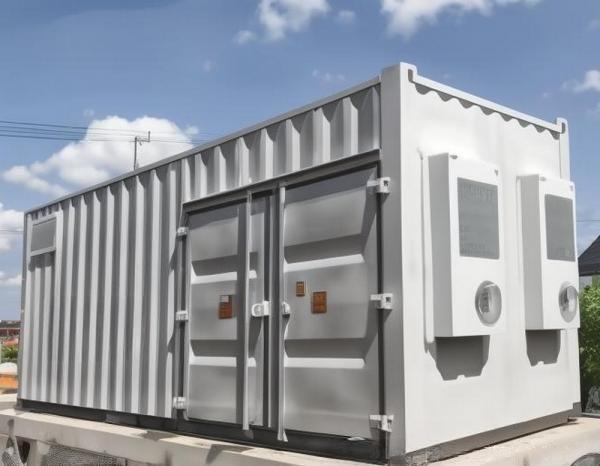Lithium Battery Charging and Discharging Operation Safety Requirements
In the safety requirements of lithium batteries, the safety standards for charge and discharge operations are crucial, which are designed to ensure the safety and reliability of the operation process and prevent accidents. The following are the main safety standards for lithium battery charging and discharging operations:
Charge and discharge operation safety standards
Operating environment requirements: lithium battery charging and discharging operations need to be carried out in a ventilated, ventilated, temperature and humidity environment. This helps prevent adverse conditions such as overheating and excessive humidity from affecting battery performance and safety. At the same time, the charge and discharge area should be far away from the core area, and an independent fire zone should be set up to reduce potential safety risks.
Charger selection and use
The charging operation must choose a charger that meets the relevant standards and specifications and is of reliable quality. The charger should have short circuit protection, braking power-off function, overcurrent protection function, anti-loss function, and other safety requirements. In addition, the battery pack should use a charger with a balance function to ensure that the charging state of every single battery in the battery pack is balanced.
Battery check
Before charging and discharging the battery, check whether the battery is qualified. This includes confirming whether the battery has any abnormal conditions such as damage, deformation, leakage, smoke, and leakage. If there is a problem, do not carry out charging and discharging operations, and promptly dispose of the battery safely.
Avoid overcharge and overdischarge
Avoid overcharge and overdischarge when charging and discharging lithium-ion batteries. Overcharging may lead to problems such as increased internal pressure and electrolyte leakage, while over-dischargimg may lead to reduced battery performance and shortened battery life. Therefore, the voltage and current in the charge and discharge process should be strictly controlled to ensure that the battery works within a safe range.
Temperature control
Prevent charging and discharging of lithium batteries in high or low-temperature environments. High temperatures may lead to thermal runaway of the battery, while low temperatures may affect the charge and discharge performance of the battery. In addition, the charge and discharge current of the lithium battery shall not exceed the maximum current marked in the specification.
Use power circuits that meet national standards
Lithium battery charging and discharging operations should use power circuits that meet relevant national electrical standards to ensure the stability and safety of the power supply.
Next:Some Characteristics and Applications of LiFePO4 Batteries
Previous:CATL releases Tianheng energy storage system! Zero decay in 5 years! 6.25GWh!
